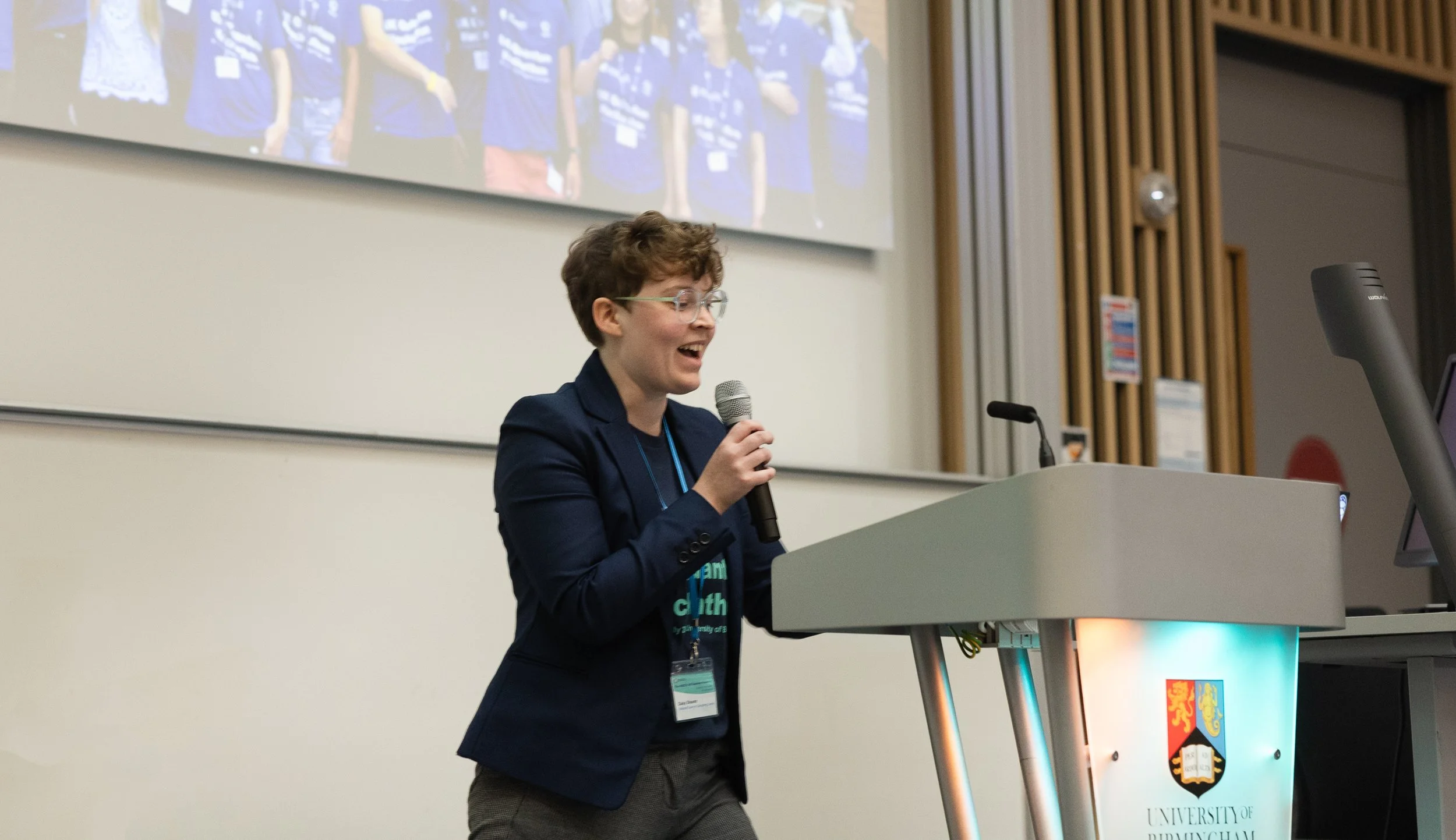Research Projects
UK Quantum Hackathon
2023-present
Since 2023, I have led the National Quantum Computing Centre’s annual ‘UK Quantum Hackathon’. As a microcosm of the NQCC’s ‘SparQ’ programme, the UK Quantum Hackathon enables early-stage application discovery, provides access to quantum computing resources across different hardware modalities, facilitates networking within the quantum ecosystem, and develops the skills of developers through inquiry-based learning.
Our hackathon teams work on a variety of practical use cases provided by quantum computing end-user organisations, resulting in the publication of a technical report which outlines the technical progress carried out at the event. Additionally, I am conducting a longitudinal study of the pedagogical aspects of the hackathon, exploring how the types of problems end users bring change as the technology readiness level of quantum computing increases and how this influences teaching and learning at the event.
Outputs:
Poster: The NQCC’s UK Quantum Hackathon: Developing the UK quantum computing workforce and user community
Daisy hosting the 2023 UK Quantum Hackathon, held at the University of Birmingham.
Spin-orbit interaction in InSb heterostructure nanodevices
2018-2022
I was a researcher at the University of Surrey, working within the Photonics and Quantum Sciences group at the University of Surrey’s Physics Department and the Advanced Technology Institute (ATI). My research investigated the initialization of electron spin states for spin injection into quantum technologies through the development of novel direct-write fabrication techniques to create versatile InSb-based spin polarizing devices. This involved a combination of researching quantum transport in InSb quantum wells as well as fabrication and testing of various nanodevices made from said quantum wells, such as quantum point contacts and quantum wires.
Video: Watch me explain my thesis in three minutes- ‘Spintronics: a new age of electronics?’
Poster: Fast prototyping of nanoscale InSb devices using focused ion beam lithography
Daisy with the Focused Ion Beam— an apparatus used for nanofabrication.
Electroabsorption Modulated Lasers
2017
During my MPhys degree, I had the opportunity to carry out research for my dissertation— titled ‘Investigating the DC Opto-electrical & Large Signal Characteristics of Electroabsorption Modulated Lasers' — as part of a 9-month internship at the Centre for Integrated Photonics. The company’s research focused on semiconductor-based Photonic Integrated Circuits (PICs) for telecommunications. The project I was assigned to involved the optimization and development of high-speed Electroabsorption Modulated Lasers. These are a type of PIC consisting of a Distributed Feedback Laser followed by an Electroabsorption Modulator. These devices utilise the Quantum-confined Stark effect to modulate laser output and transmit data down optical fibres. My work involved the measurement of both the DC and high-speed characteristics of these devices as well as the modelling and analysis of eye diagrams. I investigated the physical cause of various saturation modes in measured eye diagrams as well as developing a Matlab program to quantify the amount of saturation.
Presentation slides: Investigating Electroabsorption Modulated Lasers at the Centre for Integrated Photonics
An example of an eye diagram.


